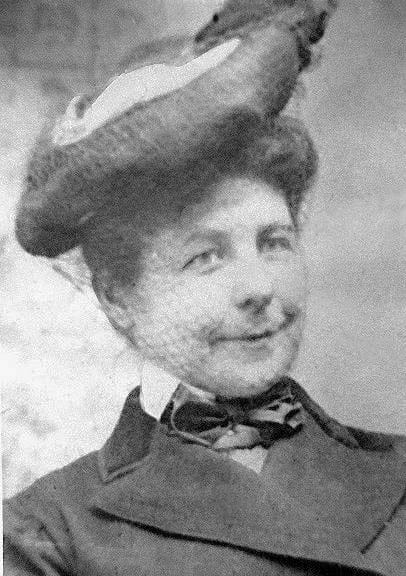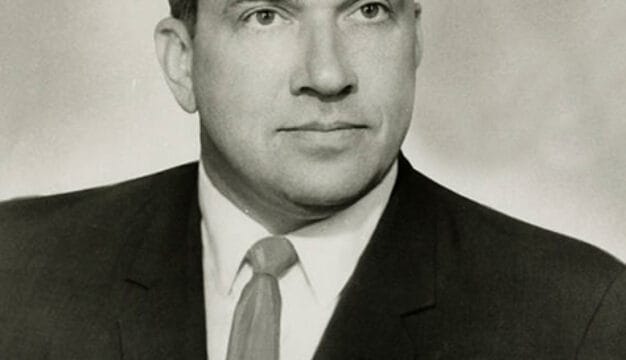Mary Anderson
Alabama native Mary Anderson (1866-1953) is credited with inventing the first operational windshield wiper. In her 1903 patent, she called her invention a window cleaning device for electric cars and other vehicles. Although her version of the device was never put into production, it closely resembles the windshield wiper found on many early car models.
 Mary Anderson
Anderson was born on Burton Hill Plantation in Greene County on February 19, 1866, to John C. and Rebecca Anderson. Mary’s father died when she was four, but Mary and her sister, Fannie, and mother continued to live off the proceeds from his estate. In 1889, they moved to Birmingham and built the Fairmont Apartment building at 1211 21st Street South on the corner of Highland Avenue.
Mary Anderson
Anderson was born on Burton Hill Plantation in Greene County on February 19, 1866, to John C. and Rebecca Anderson. Mary’s father died when she was four, but Mary and her sister, Fannie, and mother continued to live off the proceeds from his estate. In 1889, they moved to Birmingham and built the Fairmont Apartment building at 1211 21st Street South on the corner of Highland Avenue.
Anderson left home in 1893 at age 27 to operate a cattle ranch and vineyard in Fresno, California. By 1900, she had returned to Birmingham to help care for her ailing aunt; she once again lived in the Fairmont Apartments with her mother, her sister, and also now her brother-in-law, G. P. Thornton. Anderson’s aunt brought to the apartment house with her a number of large trunks that no one was allowed to examine. After her death, the trunks revealed a collection of gold and jewelry, the sale of which allowed the family to live in considerable financial comfort.
 Windshield Wiper Diagram
Early in the twentieth century, Anderson travelled to New York City. While riding in a trolley there, she noticed that the motorman had to remove snow and sleet from the front window by stopping the trolley, getting out, and cleaning the windows by hand. Back in Birmingham, Anderson began creating a design for a device very similar to a modern windshield wiper that operated via a lever from inside the vehicle.
Windshield Wiper Diagram
Early in the twentieth century, Anderson travelled to New York City. While riding in a trolley there, she noticed that the motorman had to remove snow and sleet from the front window by stopping the trolley, getting out, and cleaning the windows by hand. Back in Birmingham, Anderson began creating a design for a device very similar to a modern windshield wiper that operated via a lever from inside the vehicle.
Anderson had a model of her design manufactured and patented her design (number 743,801) on November 10, 1903. She then tried to sell her design to a production company. In 1905, she wrote a Canadian firm about purchasing the patent, but the company saw no commercial value in the device and declined to produce it. This attempt was apparently the only one Anderson made to market her invention. By the 1920s, the three Anderson women were living independently again on the inheritance from Anderson’s aunt after the death of her brother-in-law. Anderson was managing the apartment building at the time of her death on June 27, 1953, while at her summer home in Monteagle, Tennessee. She was buried in Elmwood Cemetery in Birmingham. She was inducted posthumously into the National Inventors Hall of Fame in 2011.



